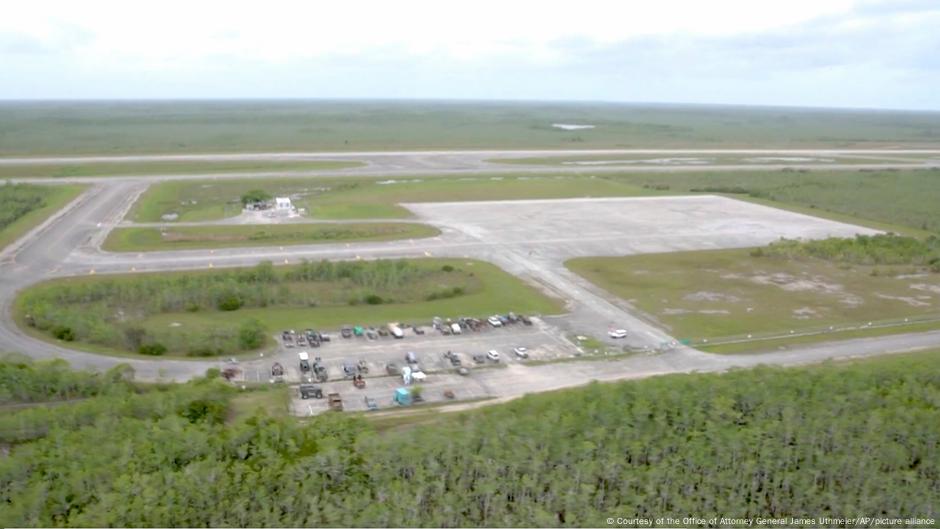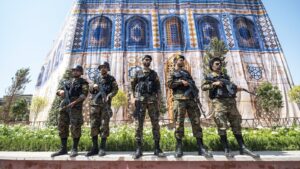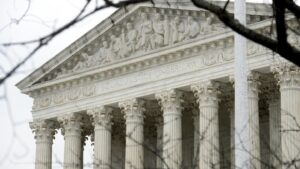
Florida Governor Ron DeSantis has announced a controversial plan to construct an immigrant detention center in the heart of the Everglades, igniting a storm of protest from Native American communities and environmental activists. The facility, dubbed “Alligator Alcatraz,” is set to rise on an abandoned airstrip within the Big Cypress National Preserve, approximately 45 miles west of Miami.
The state of Florida has remained silent on requests for comment as construction activities reportedly commence. This development is part of a broader initiative, aligned with the Trump administration’s efforts to address immigration by detaining individuals it labels as “criminal aliens.” The site is expected to accommodate up to 1,000 people in tents, a setup that has drawn comparisons to the infamous Alcatraz prison.
Controversy Over Funding and Timing
Florida’s decision to use Federal Emergency Management Agency (FEMA) funds for the construction has sparked significant backlash, particularly given the timing during hurricane season. Former Homeland Security Secretary Alex Howard has criticized the plan, describing it as “a grotesque mix of cruelty and political theater.”
“You don’t solve immigration by disappearing people into tents guarded by gators. You solve it with lawful processing, humane infrastructure, and actual policy — not by staging a $450 million stunt in the middle of hurricane season,” Howard stated.
The projected annual operating cost of the facility is estimated at $450 million (€387 million), a figure that has added fuel to the fire of public dissent.
Native American Outrage
Beyond financial concerns, the project has deeply upset Native American groups, who view the construction as a desecration of their sacred lands. The Big Cypress area is historically significant to the Miccosukee Tribe of Indians of Florida and the Seminole Tribe of Florida, as well as the Seminole Nation of Oklahoma.
“Rather than Miccosukee homelands being an uninhabited wasteland for alligators and pythons, as some have suggested, the Big Cypress is the Tribe’s traditional homelands. The landscape has protected the Miccosukee and Seminole people for generations,” Miccosukee Chairman Talbert Cypress expressed on social media.
Betty Osceola, another leader from the Miccosukee Tribe, announced a demonstration against the detention center, emphasizing the cultural and historical importance of the land. “This place became our refuge in time of war. It provides us a place to continue our culture and traditions. And we need to protect it for our future generations,” she wrote.
Environmental and Cultural Implications
The construction of the detention center raises significant environmental concerns, given its location in a fragile ecosystem home to diverse wildlife, including alligators and pythons. Environmentalists warn of the potential long-term impacts on the preserve’s delicate balance.
Meanwhile, the cultural implications for the Native American tribes are profound. The Big Cypress area is not only home to several traditional villages but also contains ceremonial and burial grounds. Locals insist the area is “sacred” and should be “protected, not destroyed.”
Looking Ahead
As construction progresses, the controversy surrounding “Alligator Alcatraz” is likely to intensify. The debate touches on broader issues of immigration policy, environmental conservation, and indigenous rights. The coming weeks will see whether protests and public pressure can influence the project’s trajectory.
The situation highlights the ongoing tension between state policies and the preservation of cultural heritage and natural environments. As the deadline for the facility’s completion approaches, all eyes will be on Florida to see how this contentious chapter unfolds.






